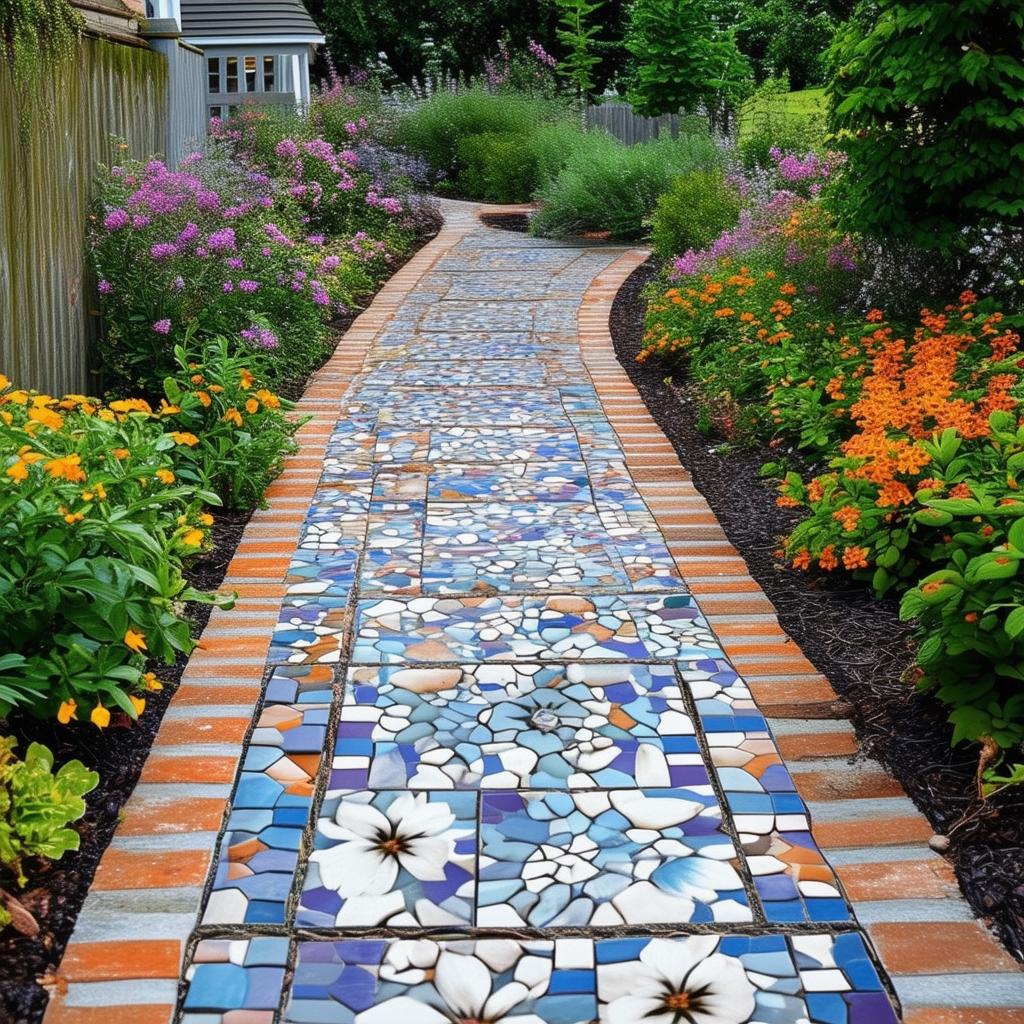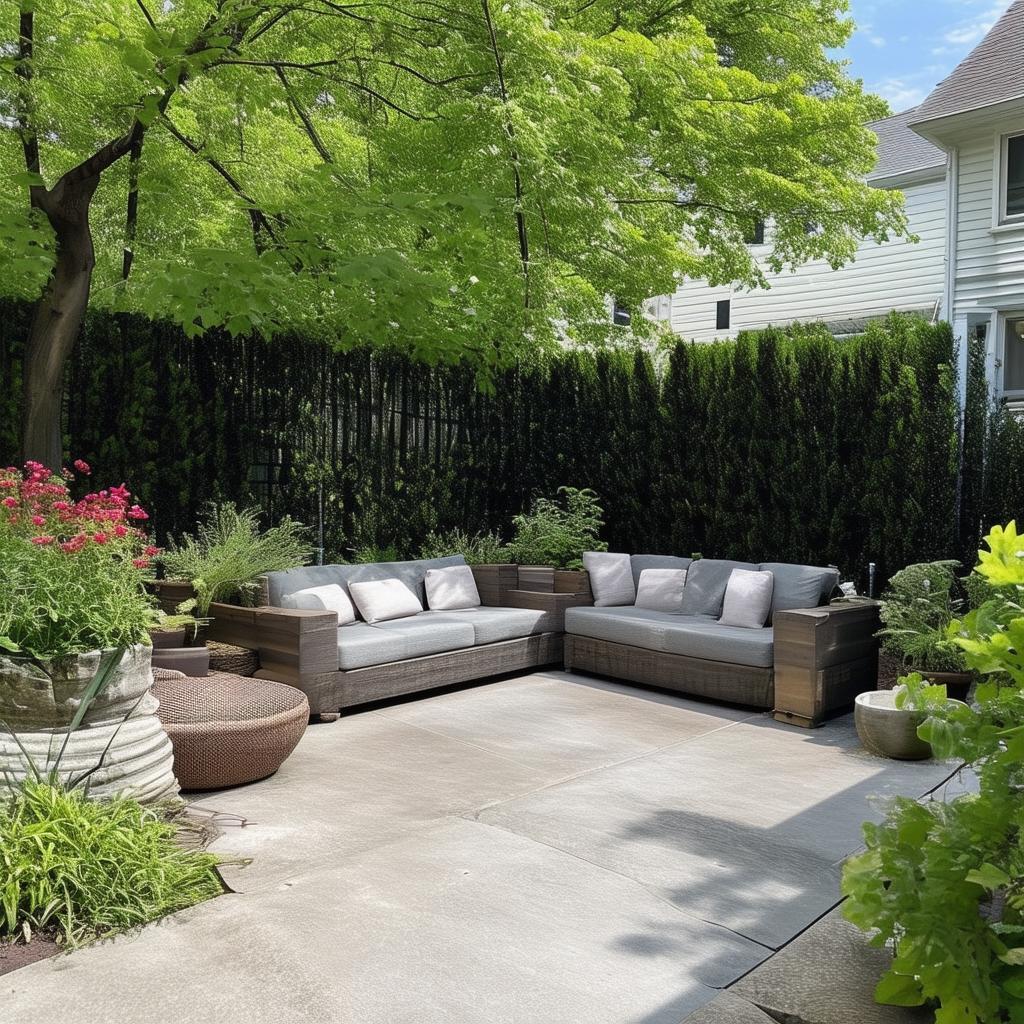Step into a world where lush greenery meets eco-conscious living. In this article, we will delve into the realm of sustainable landscaping and provide you with tips and tricks on how to create an outdoor space that not only looks beautiful but also benefits the environment. Join us as we explore the endless possibilities of greening your great outdoors.
Creating a Greener Landscape: Planting Native Species for Biodiversity
Are you looking to create a more sustainable and eco-friendly outdoor space? One way to achieve this goal is by planting native species in your landscape. By choosing plants that are indigenous to your region, you can help support local biodiversity and create a healthier ecosystem. Native plants are well-adapted to the local climate, soil, and wildlife, making them low-maintenance and sustainable choices for your garden.
When selecting native species for your landscape, consider the variety of plants that are available in your area. Choose a mix of trees, shrubs, flowers, and grasses to create a diverse and resilient ecosystem. By incorporating a range of plant types, you can attract a wide variety of pollinators and wildlife, further enhancing the biodiversity of your outdoor space. Additionally, planting a mix of native species can help prevent the spread of invasive plants and pests.
Creating a greener landscape with native species is not only beneficial for the environment, but it can also enhance the beauty and functionality of your outdoor space. Native plants can provide habitat for birds and butterflies, improve soil health, and reduce water consumption. By incorporating sustainable landscaping practices into your outdoor design, you can enjoy a more environmentally-friendly and aesthetically pleasing garden for years to come.
Water-Wise Landscaping: How to Conserve Water in Your Outdoor Space
When it comes to creating a sustainable and eco-friendly outdoor space, water-wise landscaping is key. By implementing simple strategies to conserve water in your garden or yard, you can not only reduce your water usage but also help preserve this precious resource for future generations. Here are some tips for greening your great outdoors with water-wise landscaping:
1. Choose native plants: Native plants are well adapted to the local climate and require less water than exotic species. By incorporating a variety of native plants into your landscaping, you can create a beautiful and low-maintenance garden that uses minimal water.
2. Install a drip irrigation system: Drip irrigation delivers water directly to the roots of plants, reducing evaporation and runoff. This method is more efficient than traditional sprinkler systems and can help save water and money in the long run.
Eco-Friendly Hardscaping: Enhancing Your Yard with Sustainable Materials
When it comes to creating a sustainable outdoor space, eco-friendly hardscaping is a great way to enhance your yard while minimizing your environmental impact. By using sustainable materials in your landscaping design, you can reduce water usage, decrease maintenance needs, and support local ecosystems.
One of the key principles of eco-friendly hardscaping is choosing materials that have a minimal impact on the environment. Opt for recycled or salvaged materials like reclaimed wood, recycled plastic, or crushed glass for your hardscaping projects. These materials not only reduce waste but also add a unique and creative touch to your outdoor space.
Another important aspect of sustainable landscaping is incorporating permeable surfaces into your design. Permeable pavers, gravel, or grass pavers allow rainwater to seep into the ground, reducing runoff and preventing erosion. This helps to replenish groundwater supplies and supports healthy soil ecosystems. Plus, permeable surfaces can also reduce the need for irrigation and drainage systems, saving you time and money in the long run.
Final Thoughts
by incorporating sustainable landscaping practices into your outdoor spaces, you can create a beautiful and eco-friendly environment that benefits both you and the planet. From planting native species to conserving water and reducing waste, there are many ways to make your great outdoors greener. So, next time you step outside, remember that small changes can make a big impact. Let’s work together to make our outdoor spaces vibrant, healthy, and sustainable for generations to come.


